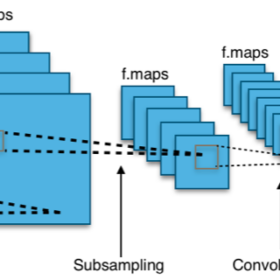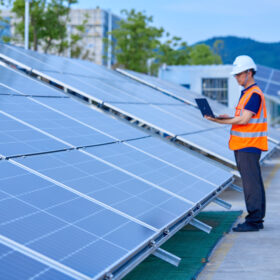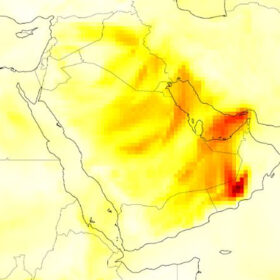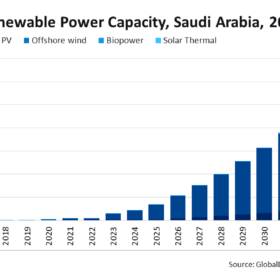Key takeaways from Abu Dhabi’s World Future Energy Summit
The 2024 edition of the Middle East’s most important solar event hosted a higher number of exhibitors and visitors, even though the heaviest rainfall seen in decades hit the United Arab Emirates throughout the first day of the trade show. Nonetheless, the event clearly showed that large-scale PV projects still dominate in the UAE market.
Zero busbar and high efficiency HJT
Heterojunction (HJT) cell technology offers some of the strongest possibilities for manufacturers to keep squeezing more efficiency and performance out of silicon solar cells. And with its new zero-busbar technology, Huasun aims to do just that. In this pv magazine Webinar, we take a closer look at this and some of the other innovations at work in the Chinese HJT specialist’s latest module offering.
PV module fault detection technique based on convolutional neural network
An international research team has used the convolutional neural network (CNN) deep learning algorithm to identify faults in solar panels. Its work showed the proposed technique has a high degree of accuracy, especially if combined with transfer learning models.
Reducing photovoltaic-thermal module temperature with iron, copper oxide
An international research team has proposed using iron oxide and copper oxide to lower photovoltaic-thermal (PVT) solar module temperature. Their analysis showed that the two compounds were able to lower the panels’ operating temperature by 23.49% and 34.58% respectively.
GameChange Solar, JZNEE to build 3 GW tracker factory in Saudi Arabia
GameChange Solar, a US-based tracker supplier, has announced the construction of a 3 GW tracker factory in Saudi Arabia, with plans for potential expansion to 5 GW in the future.
The global market for HJT
The recent COP28 meeting resulted in targets to triple global renewable energy capacity by 2030, and demand for solar power is expected to continue to grow amid a market that is transitioning toward more advanced technologies. Here we examine the outlook for heterojunction (HJT) solar solutions and the types of projects that are already showcasing their potential in major regions.
Oman’s solar transition roadmap
SolarPower Europe says in a new report on solar development in Oman that the nation will need to install a minimum of 13 GW of solar by 2030 to meet its ambitious net-zero targets.
Attica-Crete leg of Mediterranean super grid due mid 2025
Greece has grand plans for an interconnector network that runs from the Middle East through to the heart of Europe. pv magazine examines the latest developments on the road to a Mediterranean super grid and what it might mean for the regions involved.
Dust and cloud impact solar across Arabian Peninsula
In a new weekly update for pv magazine, Solcast, a DNV company, reports that dust storms and slear skies led to contrasting March Solar Performance in West Asia. The Arabian Peninsula experienced humid winds and dust storms that reduced solar irradiance to 90% of typical levels for the month.
Saudi Arabia could hit 130 GW of renewables by 2030, says GlobalData
GlobalData say it is “plausible” that Saudi Arabia could close in on its target of 130 GW of renewables by 2030 by strengthening policies, competitive auctions and other financial measures.








